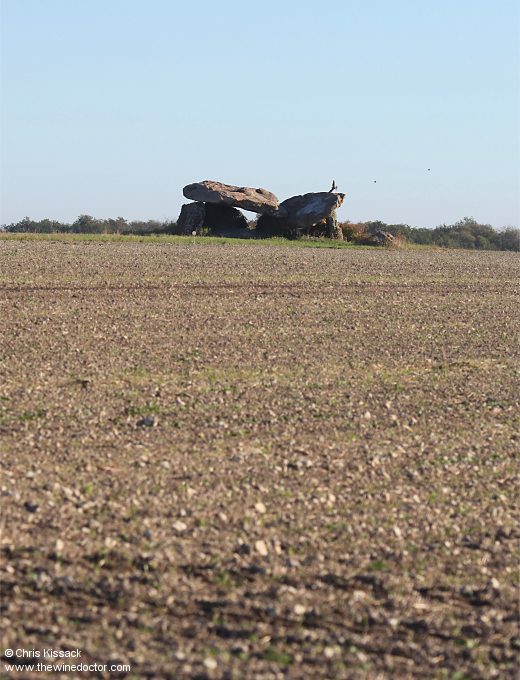Loire 2021
The landscape around the town of Richelieu was once blanketed with vines, planted at the behest of Cardinal Richelieu (1585 – 1642) himself. Today only a few vestiges remain, such as those at Domaine de la Garrelière on the slopes above the hamlet of Razines, a nubbin of a once great vineyard.
Times change, and landscapes with them. This was evident to me late in 2021 as I made my way north up towards Chinon, skirting the edges of Richelieu itself, the road cutting a meandering route among arable fields now tilled in readiness for next year’s crop. There was not a vine to be seen anywhere. It turned out the inhabitants of Richelieu were not as thirsty as the renowned Cardinal expected them to be, and after phylloxera there had been little interest in replanting. That blanket of vines, even though it laid over the land here for several centuries, was in reality little more than a passing phase. The locals threw it off and turned instead to planting wheat, and raising guinea fowl.
I passed the old chapel and gatehouses at Champigny-sur-Veude, which linger at the roadside like lost souls. Behind them there once stood a great château but it was torn down on the orders of the interminably proud Richelieu who was determined that his residence would be the largest in the region, even if that meant he had to demolish those belonging to his neighbours. The estate’s private chapel is impressive, larger than many parish churches, and it hints at the great size of the long-lost château. But while it has charm, the village is devoid of vines, long disappeared from this region.

